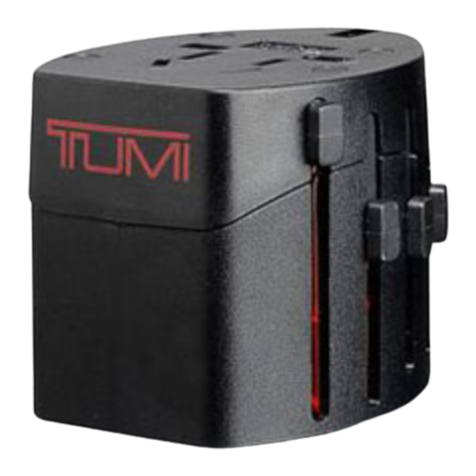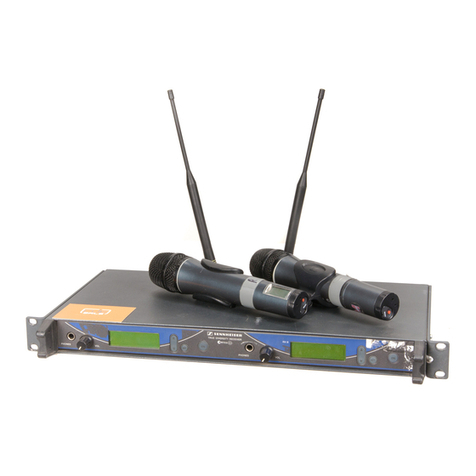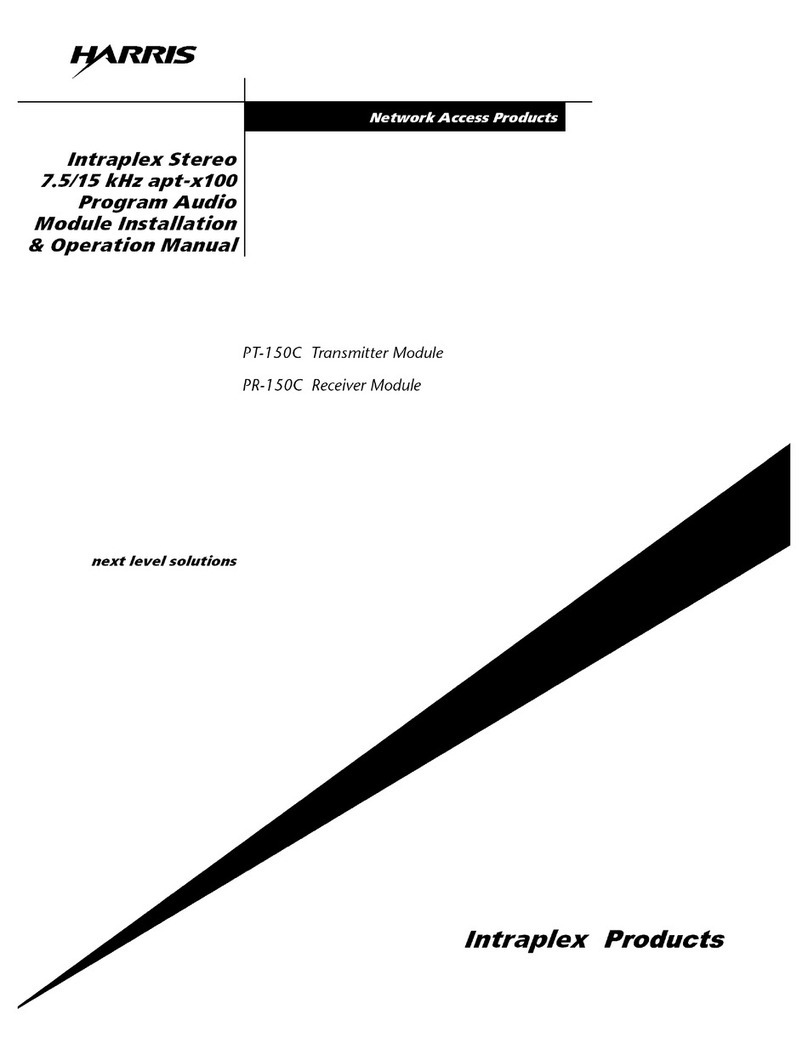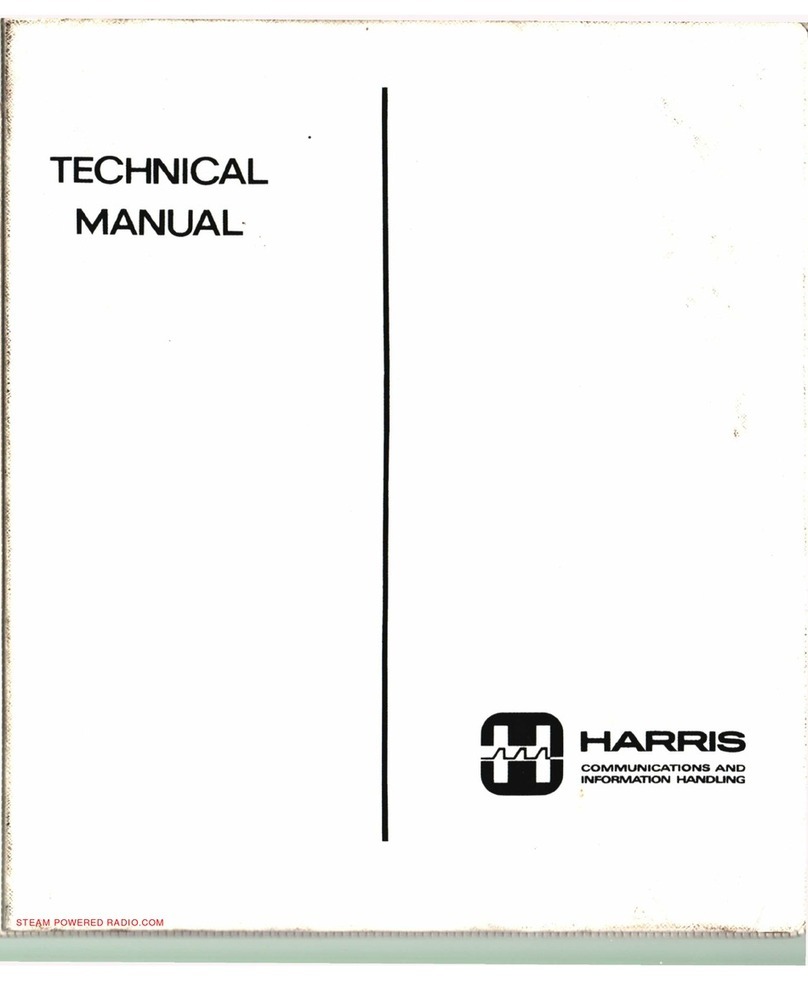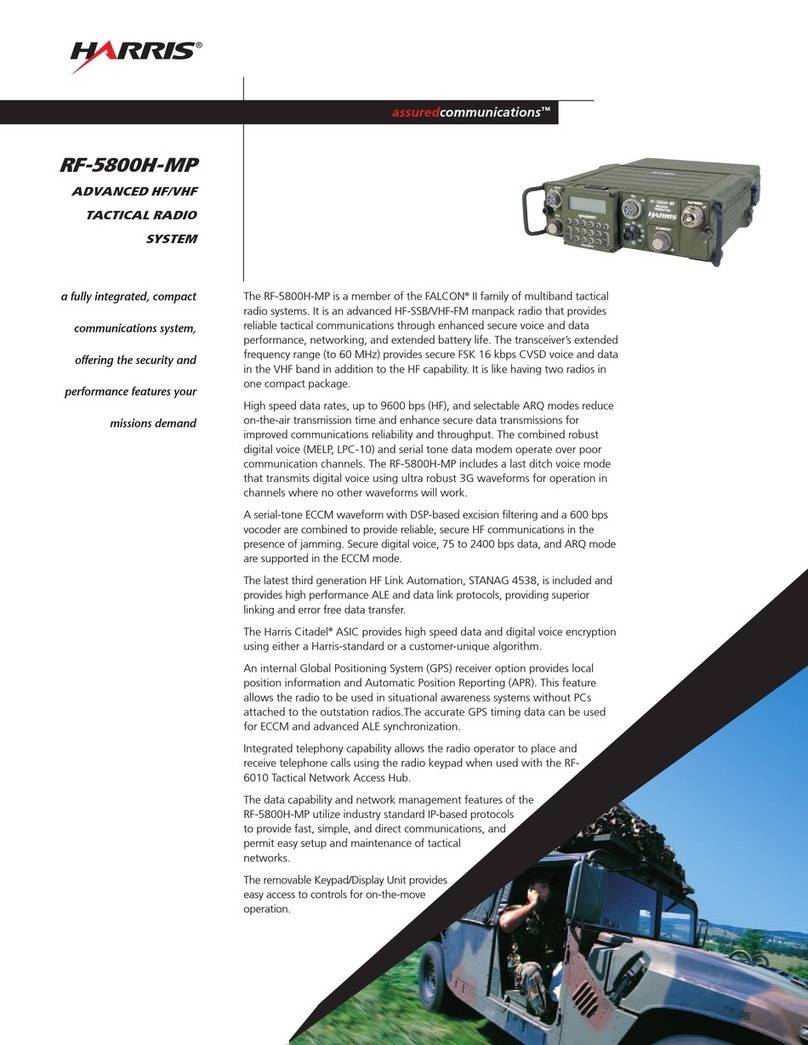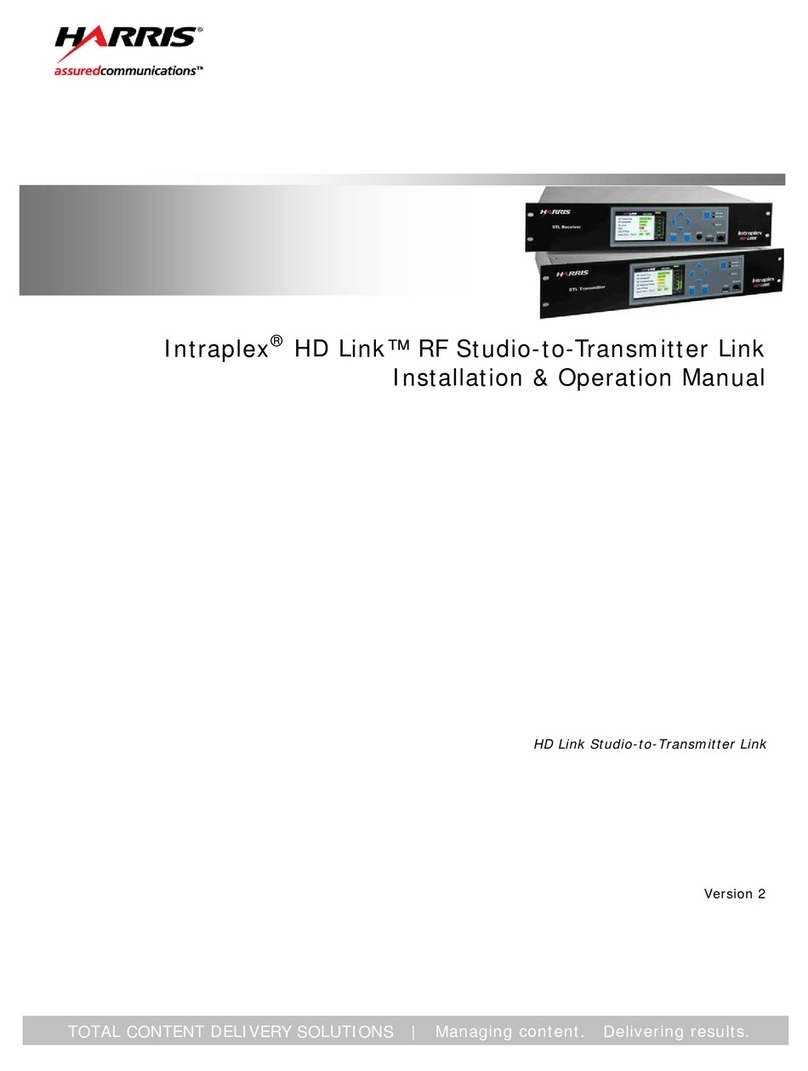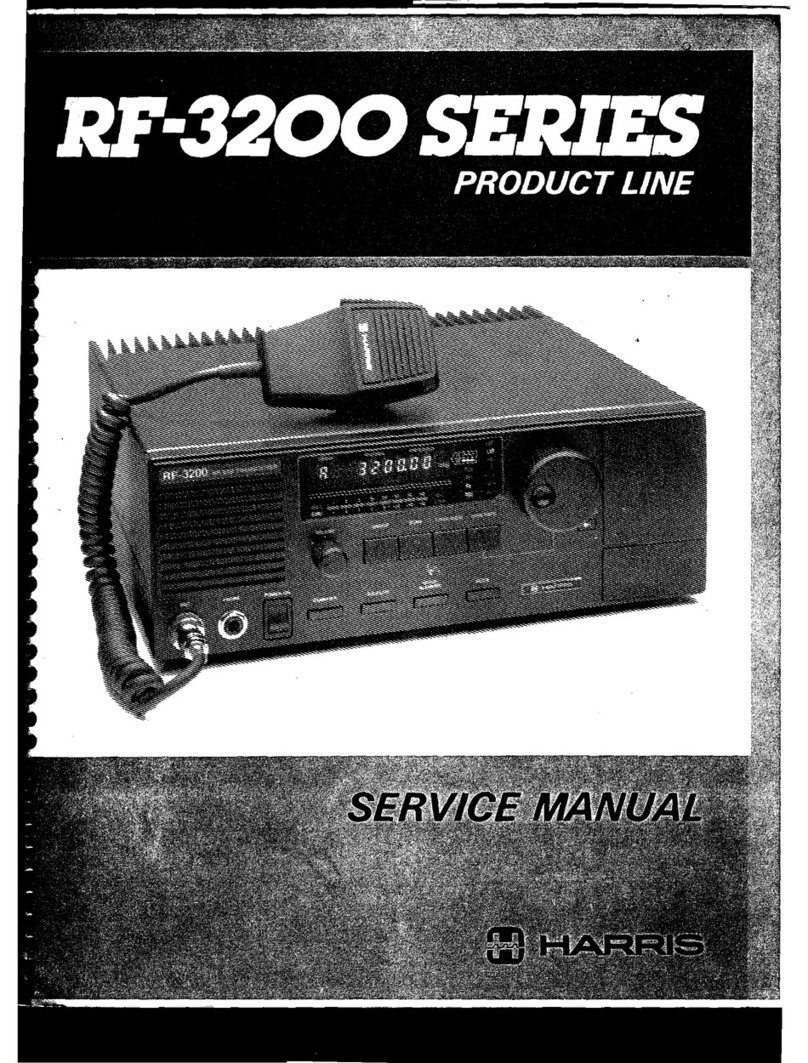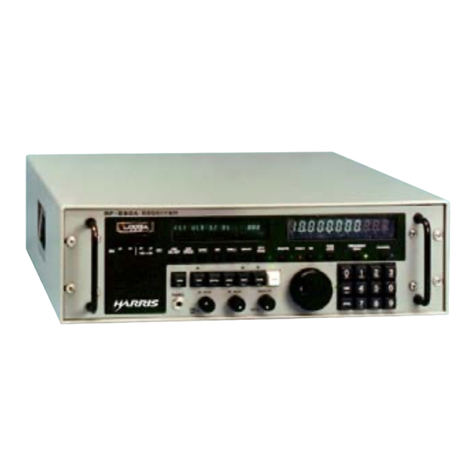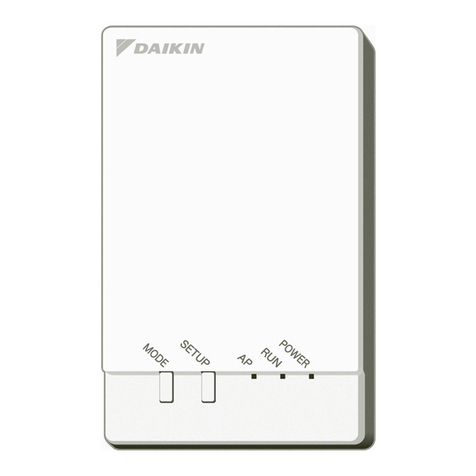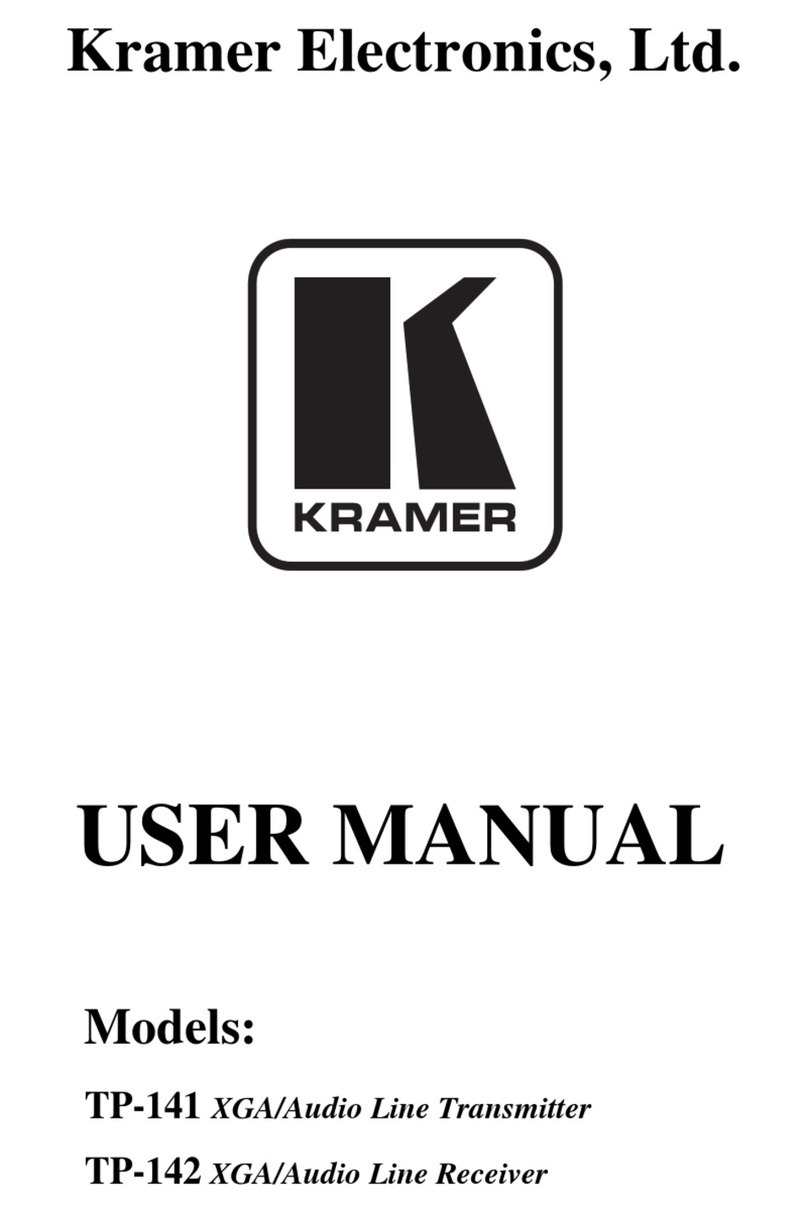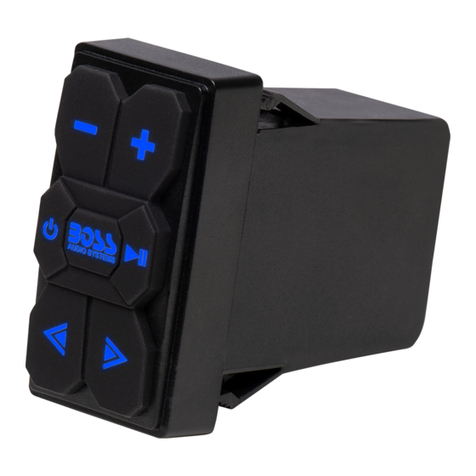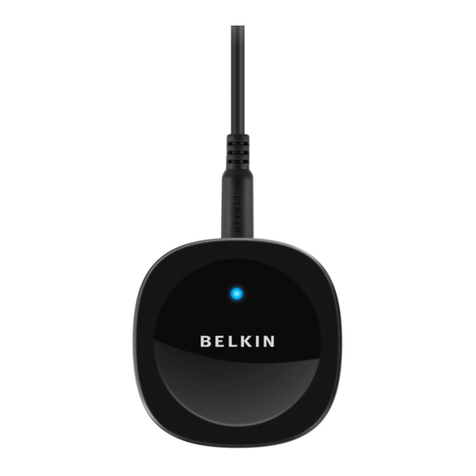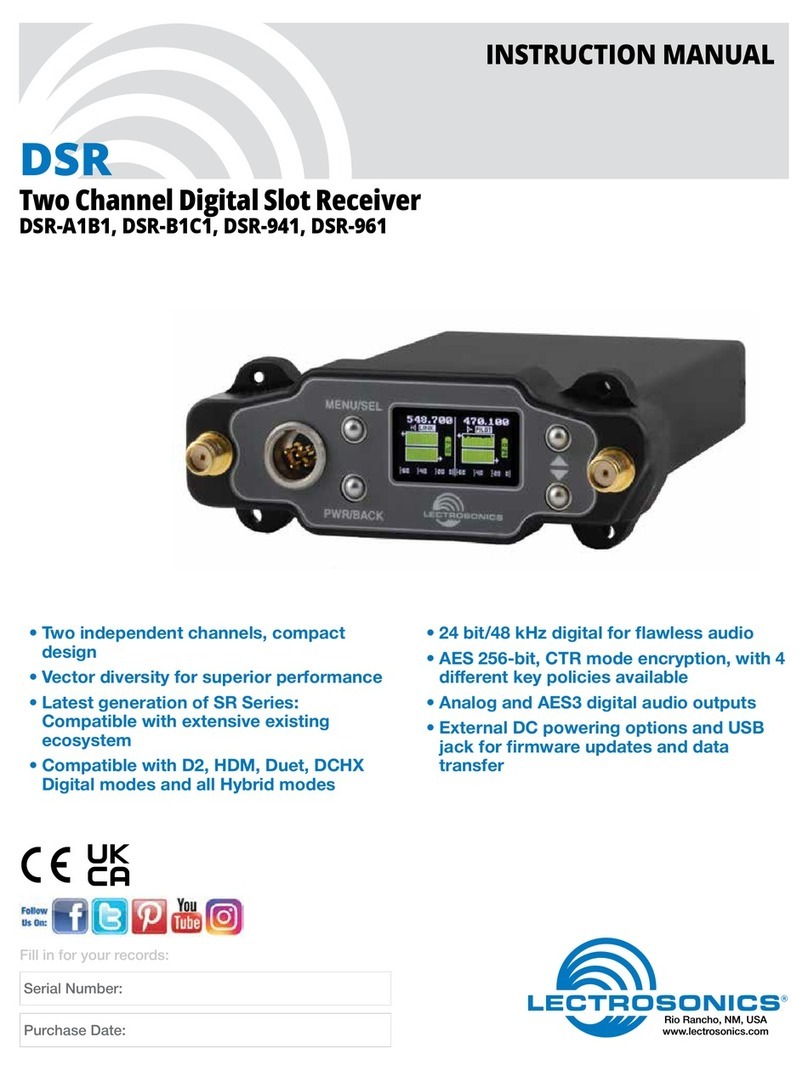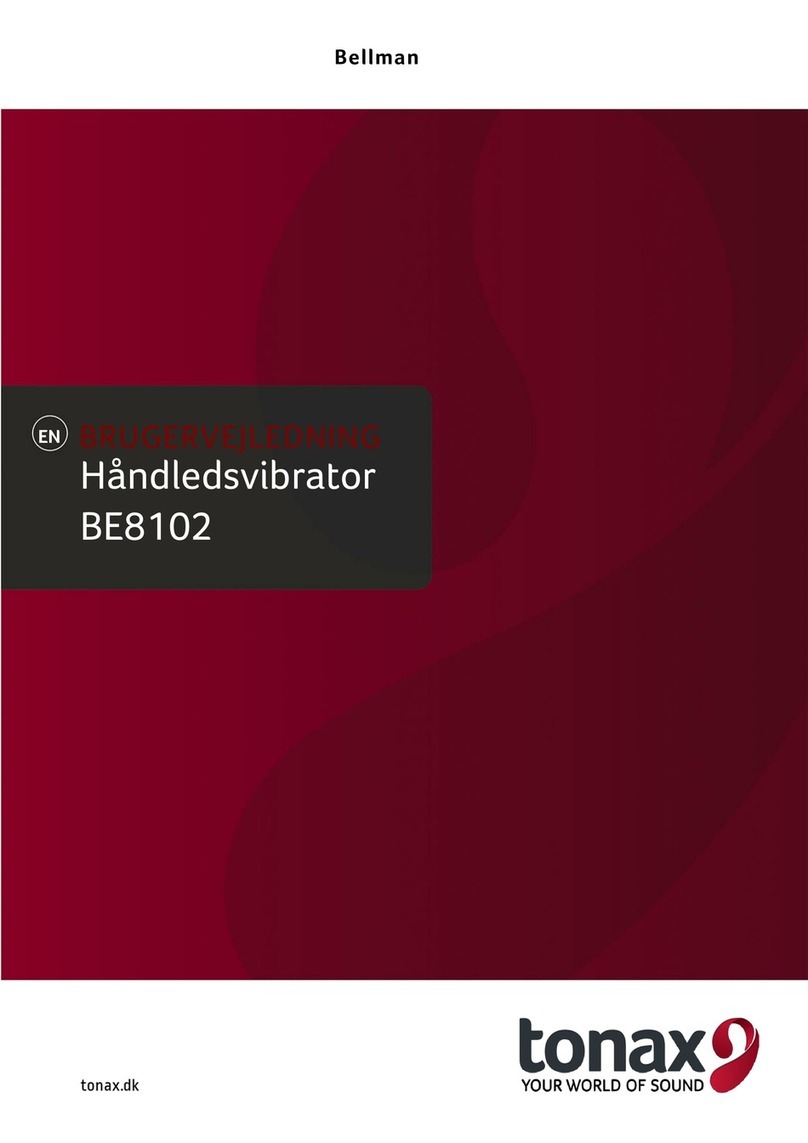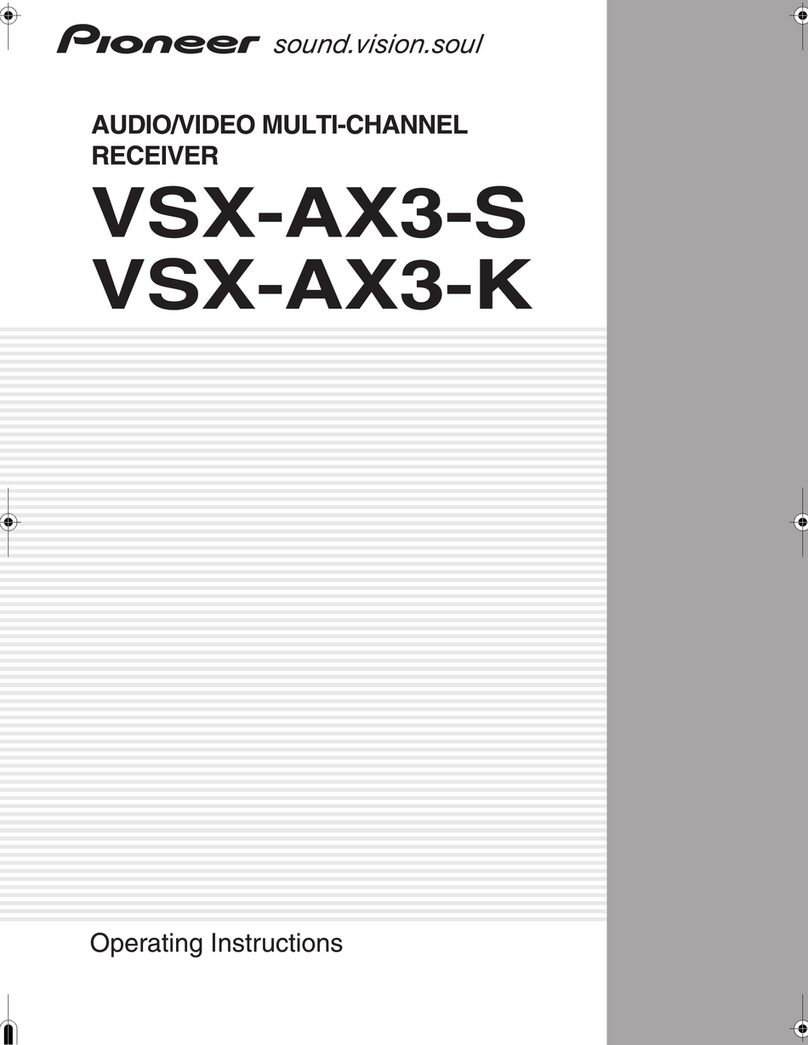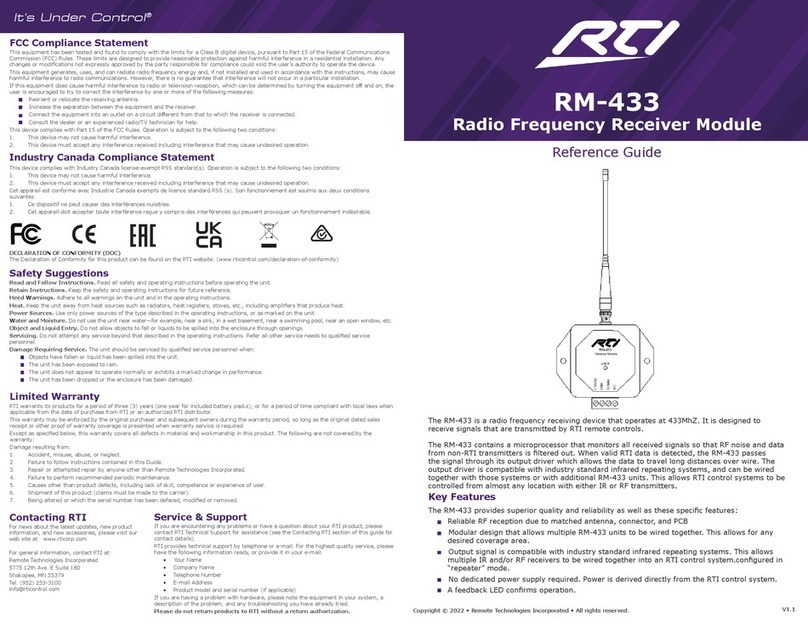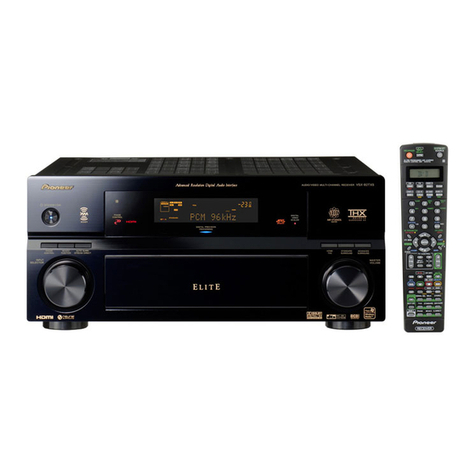
www.microwave.harris.com/cservice/
Harris Corporation 350 Twin Dolphin Drive Redwood Shores, CA USA 94065
Copyright © 1999 Harris Corporation
USA 1-800-227-8332 Int’l (+1) 650-594-3800
Set up and install the recommended antenna
according to manufacturer’s instructions.
Connect the antenna to the radio.
(The antenna weighs 11 lb (5 kg) and can be
installed by one person.)
Connect cable
Leave cable loose here
Secure cable
Bring cable in
at back of the radio.
to “N” connector
For a Rack Installation
For a Desktop
Installation
(do not secure).
to the rack.
from antenna.
Connect cable
from antenna.
NOTE: For a rack installation, one rack mounting
space above and one below the radio is required.
Connect power to the radio.
Connect the radio to an office AC outlet or DC
power as shown below.
AC power connection
Connect to
AC outlet.
DC power connection
(See below.)
FUSE
!
Ground Wire
Install a circuit
breaker or fuse.
Connect to site ground.
DO NOT connect to
electric utility ground.
Battery
21 TO 60Vdc
Positive or
Negative Ground
Copper wire only:
Minimum: #22 (0.65 mm)
BATT
Maximum: #14 (2.05 mm)
Battery wiring diagram
Fuse:
48V = 2A
24V = 4A
Connect signal (data) lines
to the radio.
Data IN (Tx), Data OUT (Rx).
RJ-48C standard pinout:
1(ring)/2(tip) - (Rx) input to radio
4(ring)/5(tip) - (Tx) output from
7/8 - Ground
T1=100 ohms
E1=120 ohms
Connect
balanced E1 or
T1 #1 line here.
Use shielded
pairs.
radio
Connect unbalanced
coax E1 #1 lines here. Connect unbalanced
coax E1 #2 lines here.
Connect
balanced E1 or
T1 #2 line here.
Use shielded
pairs.
Power
switch
Turn on power to the radio.
Check the receive signal level (RSSI) at each end of the hop.
Receive signal level must be between
0 and 4.8 volts. A signal level closer to
4 volts indicates a more robust system.
Connect Voltmeter to orange (RSSI)
and black (GND) test jacks.
Check the BER performance of the hop.
1) Loopback the T1 (or E1) data at the far end.
2) Using a T1 (or E1) test set, send data to the far end and monitor
the BER. There should be no errors over a 15-minute period.
(See figure in box 4.)
